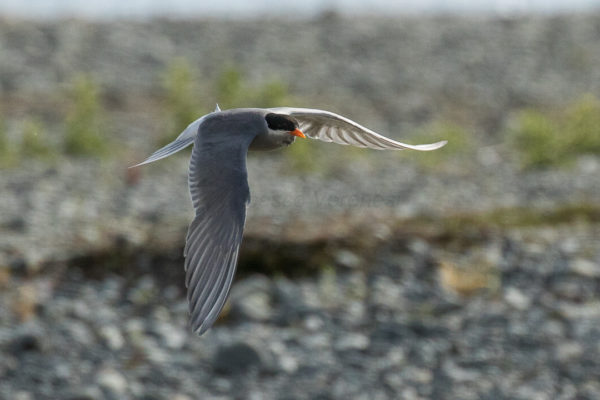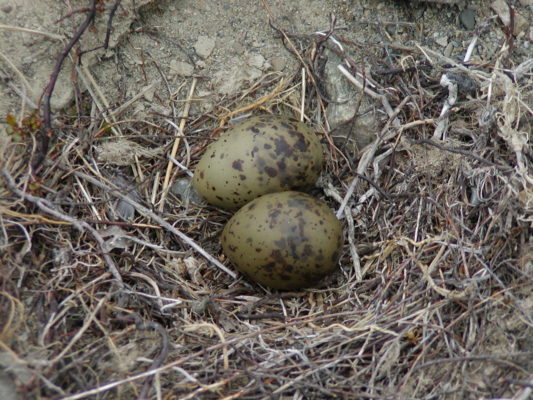Not every species can be saved by moving it to a predator free island. It has helped the black robin – but it won’t help the black-fronted tern. Islands simply don’t have the habitat that the terns need to breed.
Black-fronted terns have a small, declining population and are classified as globally endangered. Predation is the main cause. But moving them to a nice, safe offshore island isn’t in the management plan because they only breed on the South Island’s braided river systems. Our offshore islands don’t have braided rivers.

Good predator control is the only way we can save our black-fronted terns and other braided river birds.
In an article published last year in Notornis, the journal of the Ornithological Society of New Zealand, M. Bell looks at the scale of the predator problem, investigating the population size, breeding success and predators of black-fronted tern nesting on the Upper Clarence and Acheron Rivers (Molesworth Recreation Reserve). The study was carried out over 3 breeding seasons: 2012, 2013 and 2014.
“The catchment supports a nationally and therefore internationally significant population of over 720 breeding birds. A combined total of 1,510 nests were monitored over 3 seasons. Breeding success was poor with only 42.7% of nests hatching at least 1 egg, and average productivity of only 0.13 chicks fledged/nest. Breeding success varied between years and rivers, primarily due to differing predation rates.”

And the villains? Ferrets, feral cats and hedgehogs!
“Predation and nest abandonment following nocturnal predator disturbance were the primary causes of nest failure. A total of 110 filmed predation events at nests identified ferret (Mustela furo), feral cat (Felis catus) and hedgehog (Erinaceus europaeus) as the main predators.”
Surprisingly, mast years can have an effect on river ecosystems too and can bring new predators to the area.
“Following a beech and tussock masting event, predation by ship rats (Rattus rattus) was significant in 2014. This is the first time predator increases following mast seeding has been shown to impact braided river birds.”
Black-fronted terns also have native predators – birds such as southern black-backed gulls and harrier hawks, but the threat of these ‘natural’ predators appears to be less significant.
“In contrast, avian predation was low and varied across rivers.”
Being part of a larger colony and being an ‘early nester’ also seemed to give some protection from predation effects.
“Productivity was higher in large colonies (>25 nests) than small colonies, and in early colonies (colony formation before 31 October).”
Some help is at hand, however, for the braided river birds under siege.
“A management programme to improve black-fronted tern productivity has been initiated given the national importance of this population, the ease of access to these colonies, and the identification of the invasive predators responsible for current levels of poor breeding success.”
The article is published in Notornis. Only the abstract is freely available online to non-subscribers, but it’s worth checking at your local library to see whether they hold print copies of the journal.

